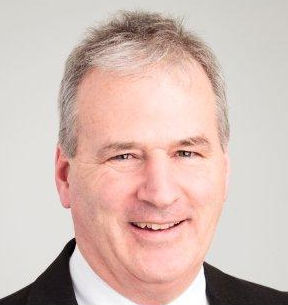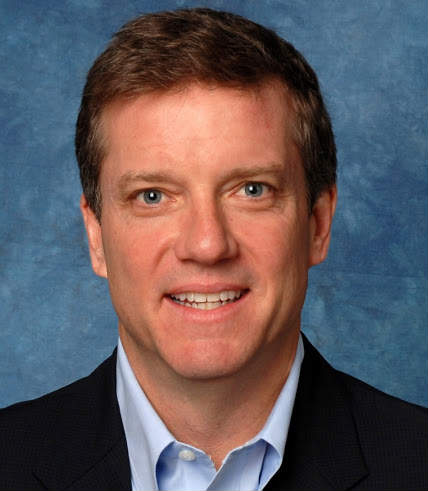 |
| Reviews and Templates for Expression We |
Motivating employees, with or without money

What initiatives can human resources create to motivate employees? What do you want your employees to do -- to stay, to work harder, to become brand ambassadors? And finally, do financial or non-financial incentives work best?
To answer those questions, I had the pleasure of coordinating a panel at the Sustainable Brands Conference in San Diego in early June.
What started off as a panel on human resources incentives soon morphed into a discussion about motivations. We concluded that employees are motivated by a combination of both financial and non-financial incentives, but financial incentives were less emphasized than I had expected.
In addition to benefiting employees, the company benefits, too -- as Namrita Kapur explained in a recent GreenBiz story, suggesting that companies benefit reputationally and financially by tying executive compensation to sustainability.
The diverse group of panelists included Suzanne Fallender, director of Intel's Global Girls and Women Initiative; Andy Broderick, VP of community investment at Vancity; and Jonathan Atwood, VP of sustainable living and corporate communications at Unilever.
Intel
Suzanne Fallender, Intel
Intel was one of the earliest companies to adopt a plan that ties sustainability targets to financial incentives. In 2008, Intel began implementing environment-related goals into both its corporate vision and its compensation programs. The environmental goals under the company’s variable compensation plans change annually as determined by the company, and bonuses are awarded to employees based on performance. Intel’s environmental goal for 2013 has been to increase solid waste recycling.
Intel provides other opportunities for employees to engage in CSR, such as a Sustainability in Action grant program. Through the program, Intel has funded a variety of innovative employee projects that promote sustainability at Intel and also in local communities where the company operates. Past funded projects have included using roofs to grow algae for biofuel in Arizona, implementing water purification methodologies in India and launching a new employee sustainability speaker series across multiple sites using interactive technology.
Vancity (Vancouver City Savings Credit Union)
Andy Broderick, Vancity
Vancity has performance targets, but has taken cues from partners in the Global Alliance for Banking on Values to consider eliminating incentives. At the end of the day, the aim is to "screen for skills and hire for fit." That is, it wants to hire individuals whose personal values align with Vancity’s values -- and therefore are not motivated by financial incentives.
I was fascinated to hear about Vancity’s orientation program for new hires. At the end of a five-day orientation, new hires are offered a severance package if they feel their values do not align with Vancity. In other words, new recruits are shown the door if they do not sign onto the corporate values and vision.
Aside from hiring for fit, Vancity keeps its leadership accountable for guiding employees toward the corporate vision. To be successful in this, the best Vancity leaders model and demonstrate three key qualities: confidence, commitment to collective success, and relevance/connectedness to the community. When strong leaders bring employees together toward a common vision that everyone believes in, the entire corporation benefits – as does the surrounding community.
Unilever
Jonathan Atwood, Unilever
Unilever’s story is at the other end of the spectrum. While achievement of the Unilever Sustainable Living Plan’s targets forms part of the personal targets of many people in the organization, there is no formal sustainability incentive program. Instead, employees are incentivized to perform.
The Sustainable Living Plan underpins Unilever’s business strategy. The company believes this plan will help its business to grow in a world of VUCA -- volatility, uncertainty, complexity and ambiguity. Therefore, if the plan helps Unilever to grow, it believes traditional incentive measures linked to growth at the same time will deliver the plan.
There is also a correlation between a brand’s growth rates and those most closely aligned with sustainable living, such as the Dove and Ben & Jerry’s brands.
This close integration of sustainability and business practice can be seen in Unilever’s corporate vision: “Double the size of our business, while reducing our environmental footprint and increasing our positive social impact.”
Unilever has used both top-down and bottom-up practices toward this vision, incorporating programs such as the Smarter Greener Living internal campaign, which aims to ensure employees understand what the company is doing to achieve its target to halve the environmental footprint of their products' use and to inspire actions that can contribute towards that goal.
Takeaways
The key finding from this discussion was that successful incentive programs exist when there is solid alignment, integration and convergence between incentive programs and the corporate mission or purpose. The case examples show that by incorporating sustainability in its core mission and incentives program, a company can promote sustainable practice at both the individual and corporate levels. Surely, employees will be motivated and inspired by their company’s pledge to supporting its personnel, the local community and the rest of the planet.
|
|
|
|
Copyright 2011 Energy and Technical Services Ltd. All Rights Reserved. Energyts.com |
